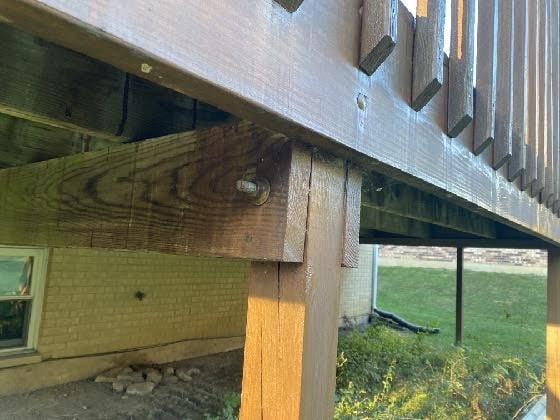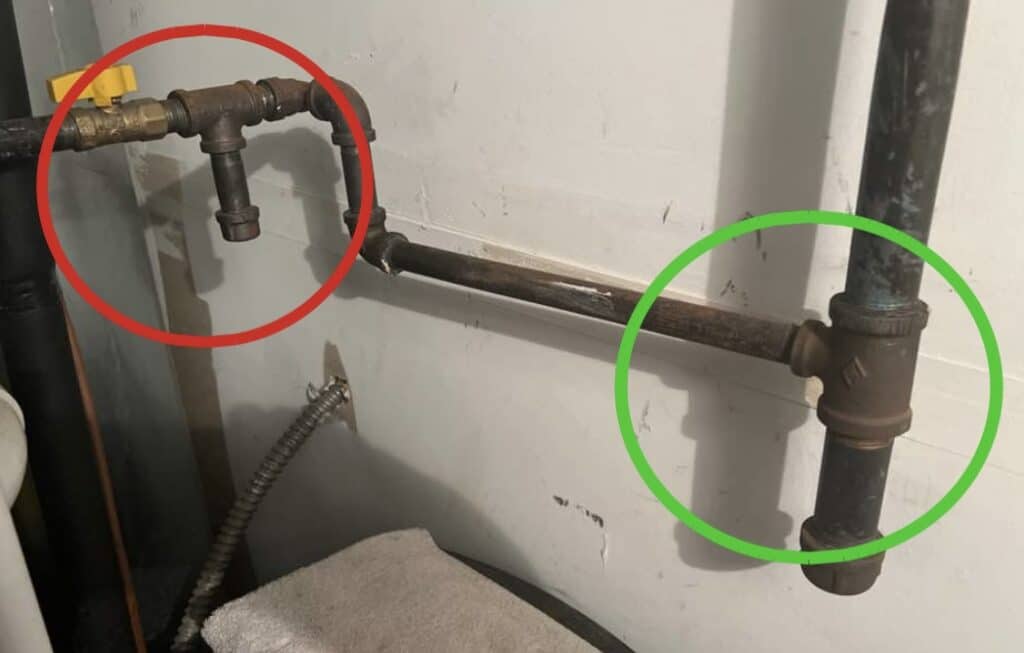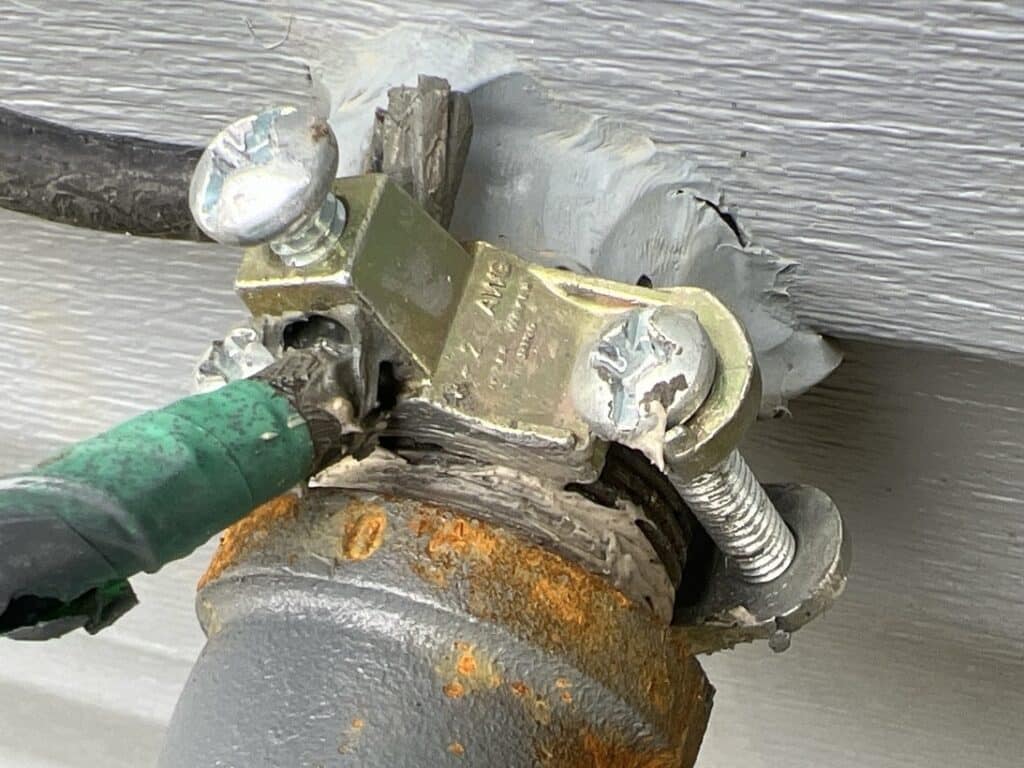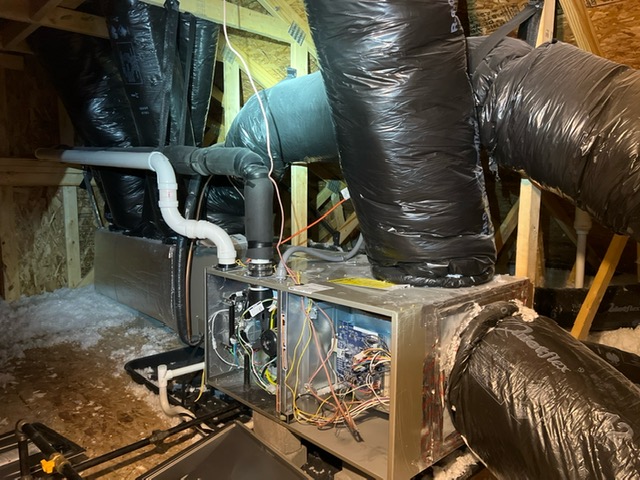
Saturday, May 1st 2021: Restaurant deck collapses in Soddy-Daisy, Tennessee. Forty people fall sending eleven to the hospital, two with critical injuries. A quick internet search will reveal far too many unfortunate and avoidable incidents like this happening on a regular basis. What factors are at play with deck failures and how can we ensure that these structures are safe to use?
Construction is the first point of consideration. All too often deck construction is viewed as a simple DIY project for home owners to tackle over a few free weekends, with the added bonus of saving a few bucks over those costly contractors. As most inspectors can attest to, the result is usually not good. Weekend carpenters do not know about building codes, joist span requirements, foundation regulations etc. They may know how to put together a good looking deck, not not necessarily a safe deck.

There are usually several deficiencies including incorrect or missing fasteners and hardware, missing flashing, over spanned and undersized lumber, improper connections, poor design and construction and the list goes on. These errors can go unnoticed because often permits were never obtained and there were no inspections performed during the construction process. While the end result may on the surface appear fine and functional, it is putting the often unaware users at risk, as an improperly built deck has a higher chance of failure.
Age and maintenance play an equal role in deck safety. Assuming that a deck is built adequately to begin with, it still has a limited shelf life. The clock is ticking and at some point even the best built decks will reach the end of their useful life and become unfit for safe use. If a deck is built poorly to begin with then the issue is compounded. How many years a deck remains viable largely depends on the conditions it is subjected to and how well it is cared for over the years.

Some decks might only last 10 years while others last 20 years or more, as there are many variables. Either way, decks require regular maintenance and often they just don’t get what they need which leads to premature deterioration and untimely failure. The old axiom, “an ounce of prevention is worth a pound of cure” is definitely applicable when it comes to decks. If you have a deck, maintain it well so you and others can safely enjoy it for years to come.
Knowing that all decks will eventually become unsafe to use or were possibly unsafe to begin with, how can we ensure our safe use of these structures? Inspect it! Not only should a deck be inspected when it is built, but also annually. The constant subjection to the elements and seasonal changes that a deck endures can bring about a rapid decline of condition.

A failing component found during a routine inspection can often be easily repaired to safely extend the life of an aging deck. Commonly, a deck is only inspected at the time that a property is being sold. With the median duration of home ownership in the US being thirteen years, this means it will likely only get inspected once during it’s entire life span. This leaves a huge window of time and opportunity for serious structural problems to develop and go unnoticed. Everything seems fine until it isn’t.
All the stories like what happened in Soddy-Daisy Tennessee are fortunately avoidable.
It boils down to three basic things:
Build It Right (if you don’t know how, hire someone who does)
Maintain It (if you don’t know how, hire someone who does)
Inspect It (if you don’t know how, hire someone who does)
In all cases, if you have to hire it out to a quality professional, it will be money well spent. That’s a safe bet!









Leave a Reply